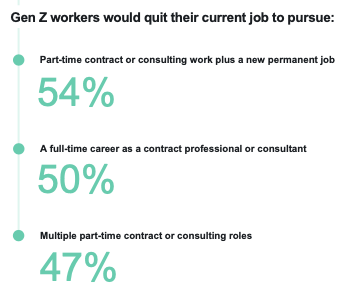August 3, 2023
The workforce of today now spans four generations, each housing distinct characteristics, varied motivations and changing demands of employers.
While exact birth range dates vary depending on the literature, the multi-generational workforce can best be divided into:
Some may even include The Silent Generation (1925-1945) into the mix but either way, understanding what motivates each demographic is proving to be crucial in helping companies more effectively recruit, manage and retain strong teams.
The importance of such understanding is heightened further by an ongoing talent shortage and skills crisis – one that continues to threaten the growth ambitions of the technology ecosystem.
“Building and managing teams is complicated, especially as workforce demographics and priorities shift,” said Paul McDonald, Senior Executive Director at Robert Half. “Ultimately, all professionals want to feel supported and valued.

“Understanding what makes different generations tick and striving to create a work environment that addresses their various needs can go a long way toward improving engagement, productivity and retention.”
Citing Multigenerational Workforce findings – a new report from recruitment firm Robert Half – McDonald outlined key considerations for employers:
“Research and benchmark salaries on a regular basis,” McDonald advised.

“Consider implementing a flexible work policy that allows for both remote options and purposeful in-office time for training and team building activities,” McDonald said.

“Provide opportunities for employees at all levels to learn new skills, stay up to date with technology and explore different career paths within your company,” McDonald recommended.

“Consider hiring contract professionals who have specialised skills and fresh ideas that can help your business stay nimble,” McDonald suggested.

“Be upfront about salaries and job responsibilities with candidates,” McDonald cautioned.

Inform your opinion with executive guidance, in-depth analysis and business commentary.